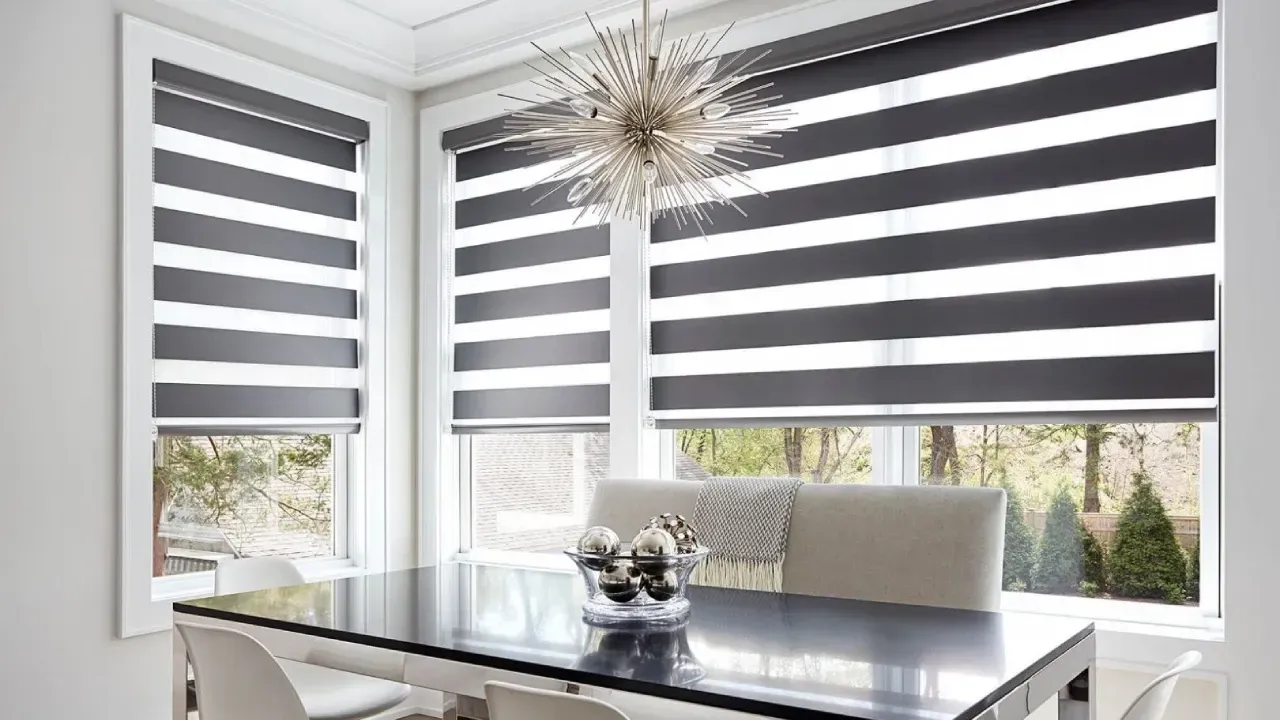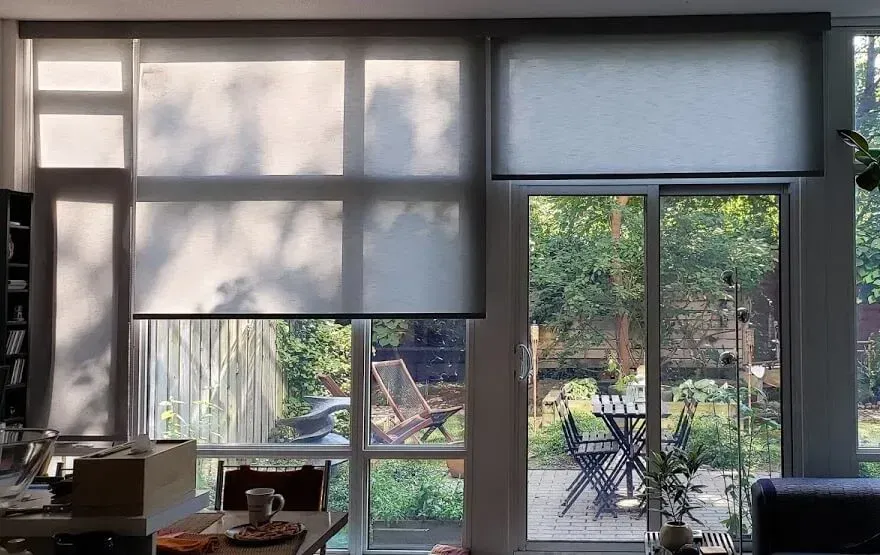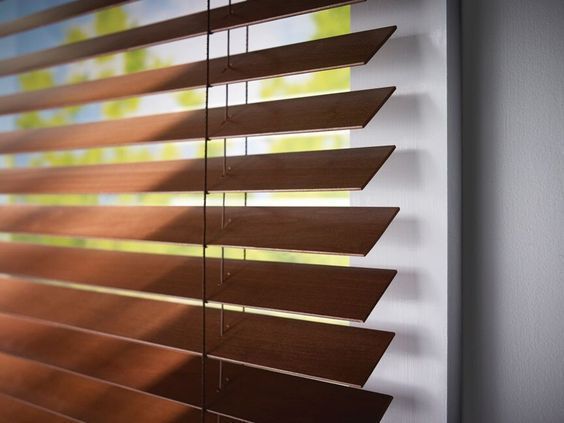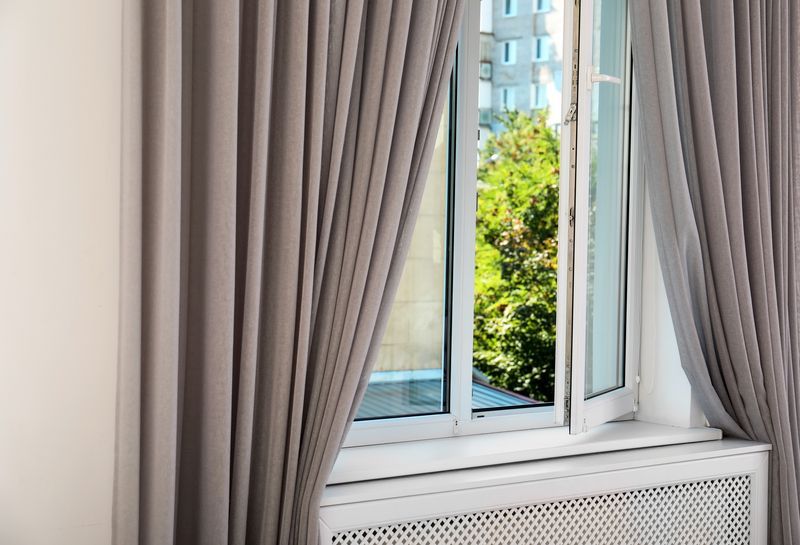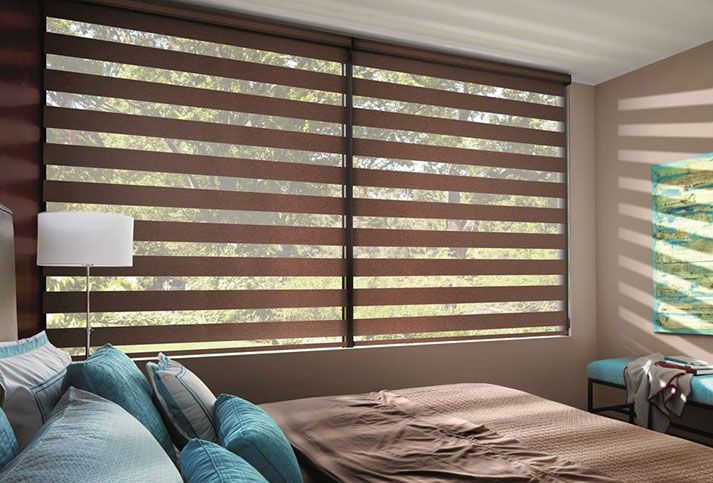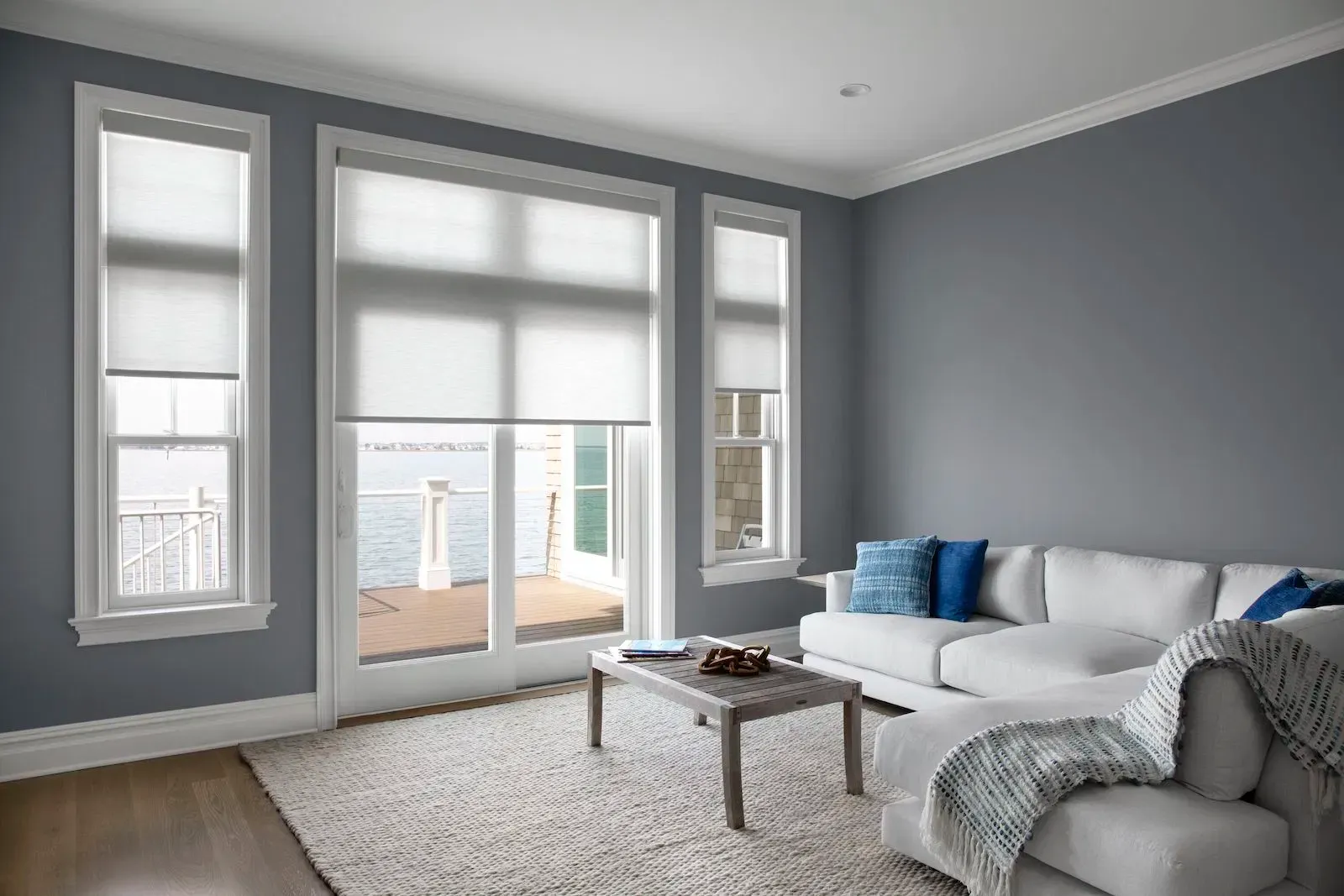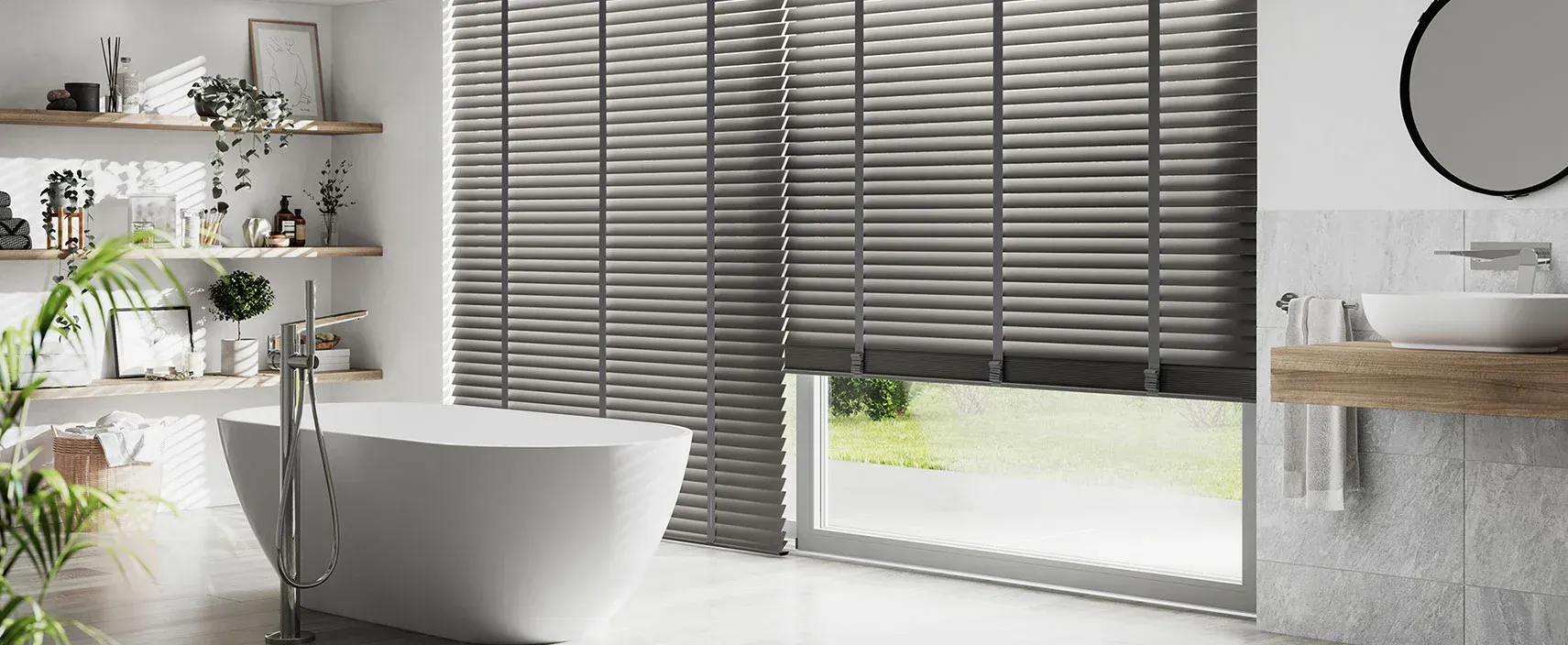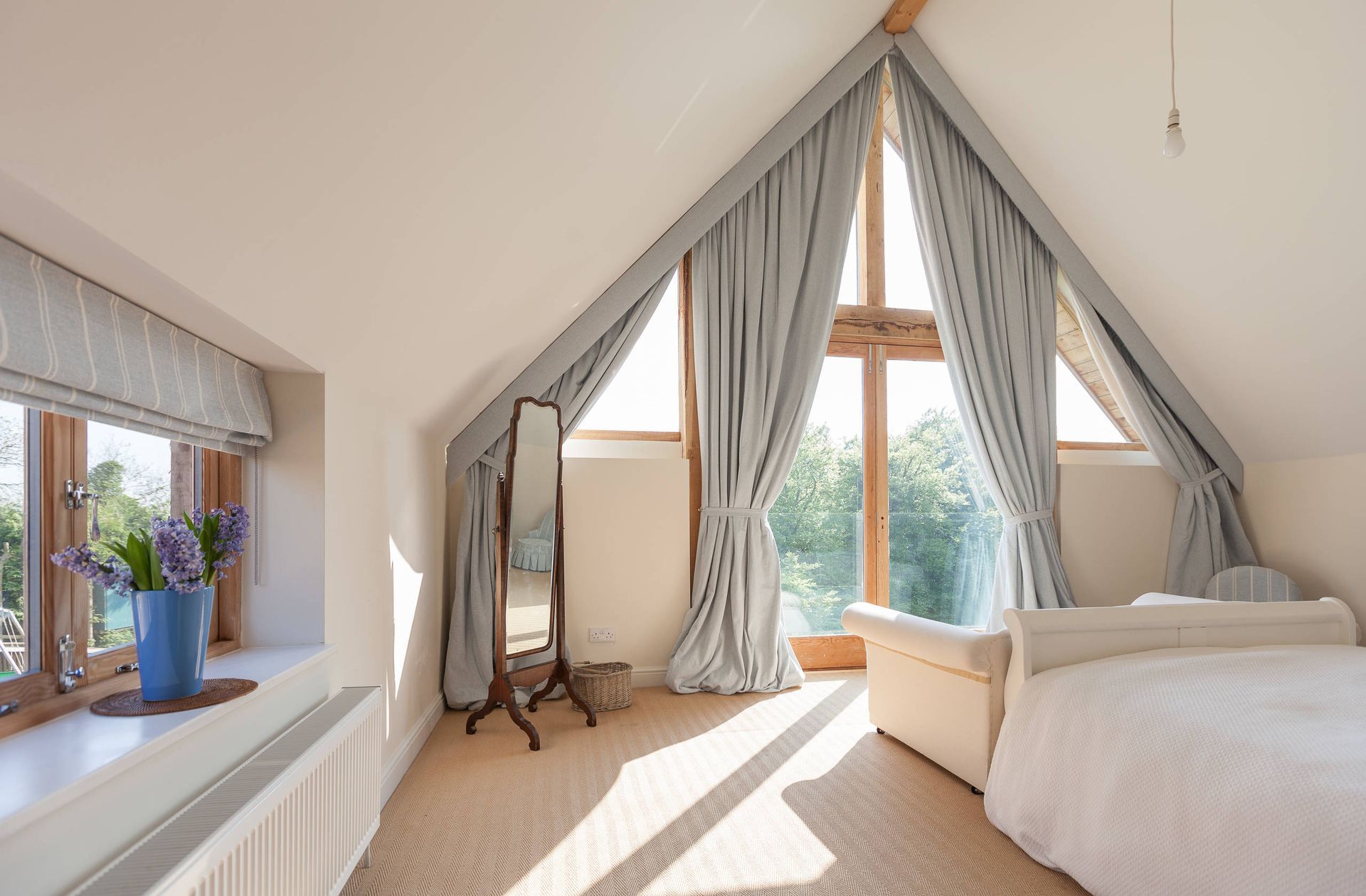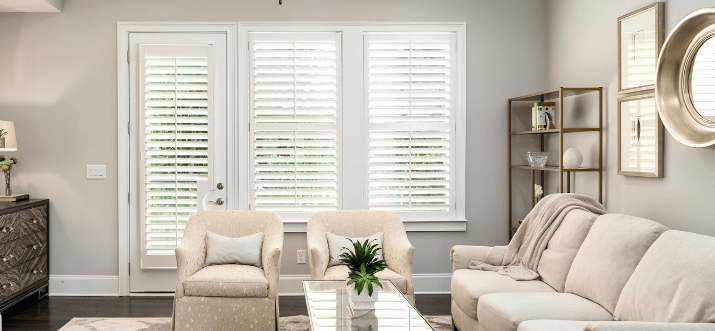When Were Window Blinds Invented?
HISTORY OF WINDOW BLINDS
Window blinds, a staple in modern homes, have a fascinating history that dates back thousands of years, with the earliest known
window coverings appearing around 4000 BC. The intriguing journey of window blinds from ancient times to the modern day, exploring their origins, evolution, and significant milestones.
EARLY WINDOW TREATMENTS
The earliest window treatments date back to ancient civilizations. Around 4000 BC,
the Egyptians used reeds, and the Chinese utilized bamboo to create primitive window blinds, providing shade and privacy. Imagine an Egyptian home, where reeds woven tightly together shield the interiors from the harsh desert sun. These early
window treatments were not just functional but also innovative, setting the stage for the development of more sophisticated window coverings.
THE PROGRESS OF WINDOW BLINDS THROUGH HISTORY
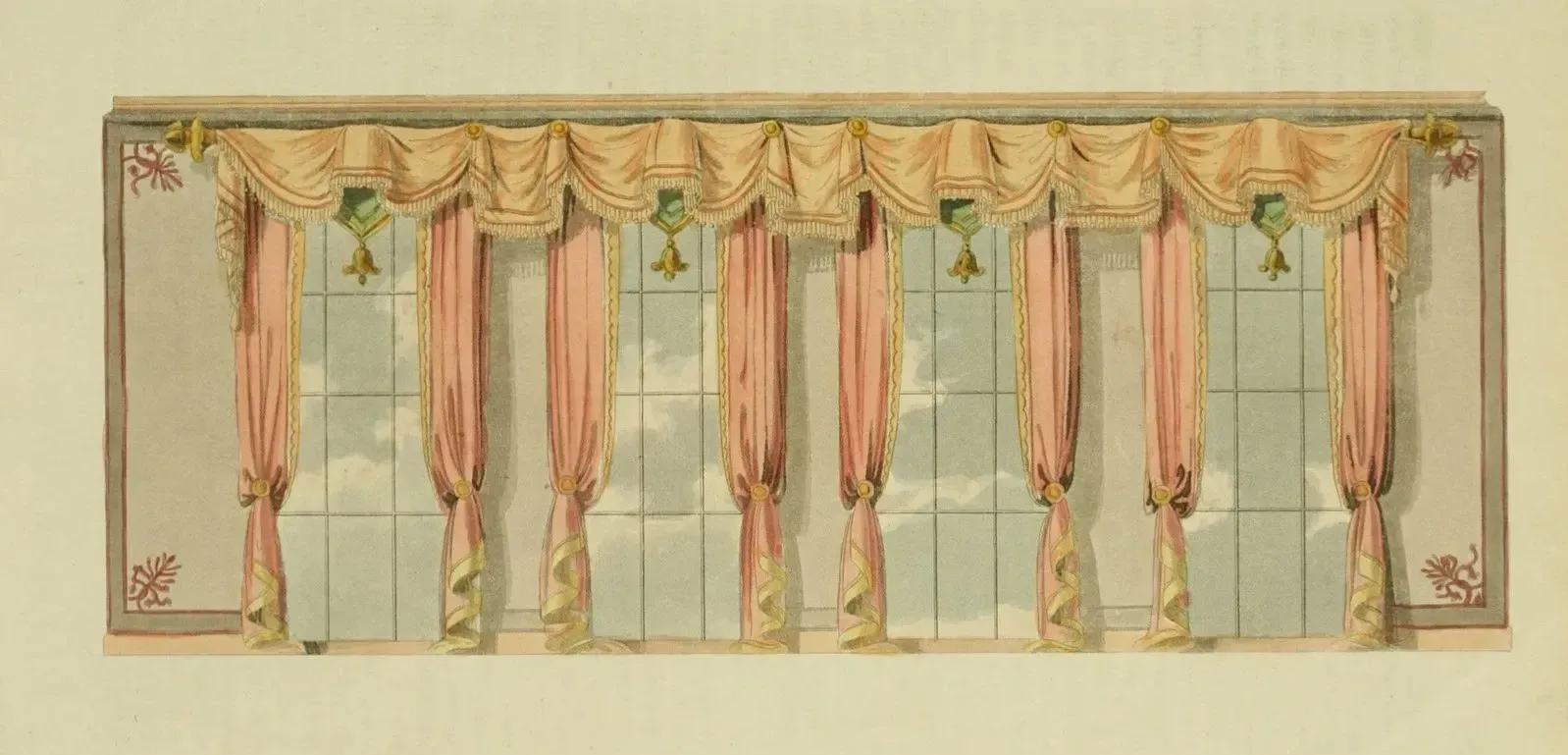
As time progressed, so did the complexity and design of window blinds. From the Romans' use of fabric and wood around 100 AD to the Middle Ages' introduction of intricate tapestries in the 5th century, window blinds have continually evolved to meet the needs of their times. Consider a medieval castle where colorful tapestries hung over windows, adding both beauty and function. These early iterations of window blinds not only provided protection from the elements but also served as a form of artistic expression.
THE ORIGIN OF VENETIAN BLINDS
The invention of Venetian blinds in the 18th century marked a significant turning point in window treatment history. Originating in Persia and popularized in Venice in the early 1700s, these blinds offered an innovative solution for light control and privacy. Picture a Venetian merchant's home, with elegant slats allowing just the right amount of light to filter through. The adjustable slats of Venetian blinds were a game-changer, providing flexibility and style that quickly gained popularity across Europe and beyond.
MODERN WINDOW BLINDS HISTORY
In the modern era, window blinds have transformed from simple coverings to sophisticated systems. With advancements in technology and design, today's blinds offer a wide range of styles, materials, and functionalities. Imagine a contemporary smart home blinds where blinds adjust automatically to the time of day or the homeowner's preference. Modern window blinds are not just about functionality; they are also about convenience, energy efficiency, and aesthetic appeal.
NEW INNOVATIONS AND USES OF WINDOW BLINDS
Window blinds have served both aesthetic and practical purposes throughout history. In ancient times, they provided necessary protection from the sun and privacy. In the Middle Ages, they became a form of artistic expression with intricate tapestries. Today, window blinds are designed to complement the décor of a home while also providing energy efficiency and convenience through smart technology.
Conclusion
From ancient reeds and bamboo to contemporary smart blinds, the history of window blinds is a testament to human ingenuity and adaptability. Understanding their evolution not only enriches our appreciation of these everyday items but also highlights their enduring importance in our lives. Ready to enhance your space with modern window blinds? Contact us today to explore our range of window treatments

